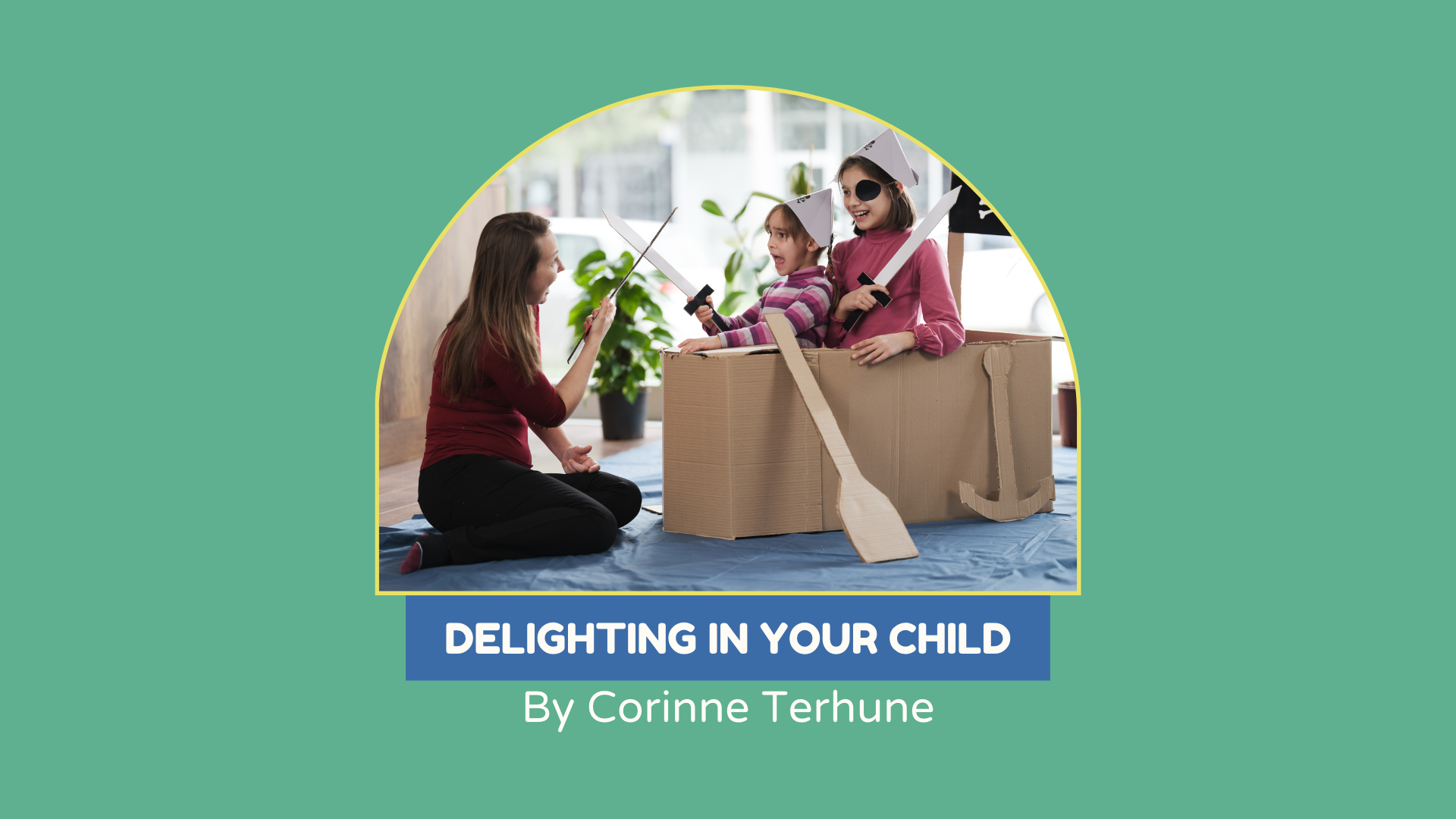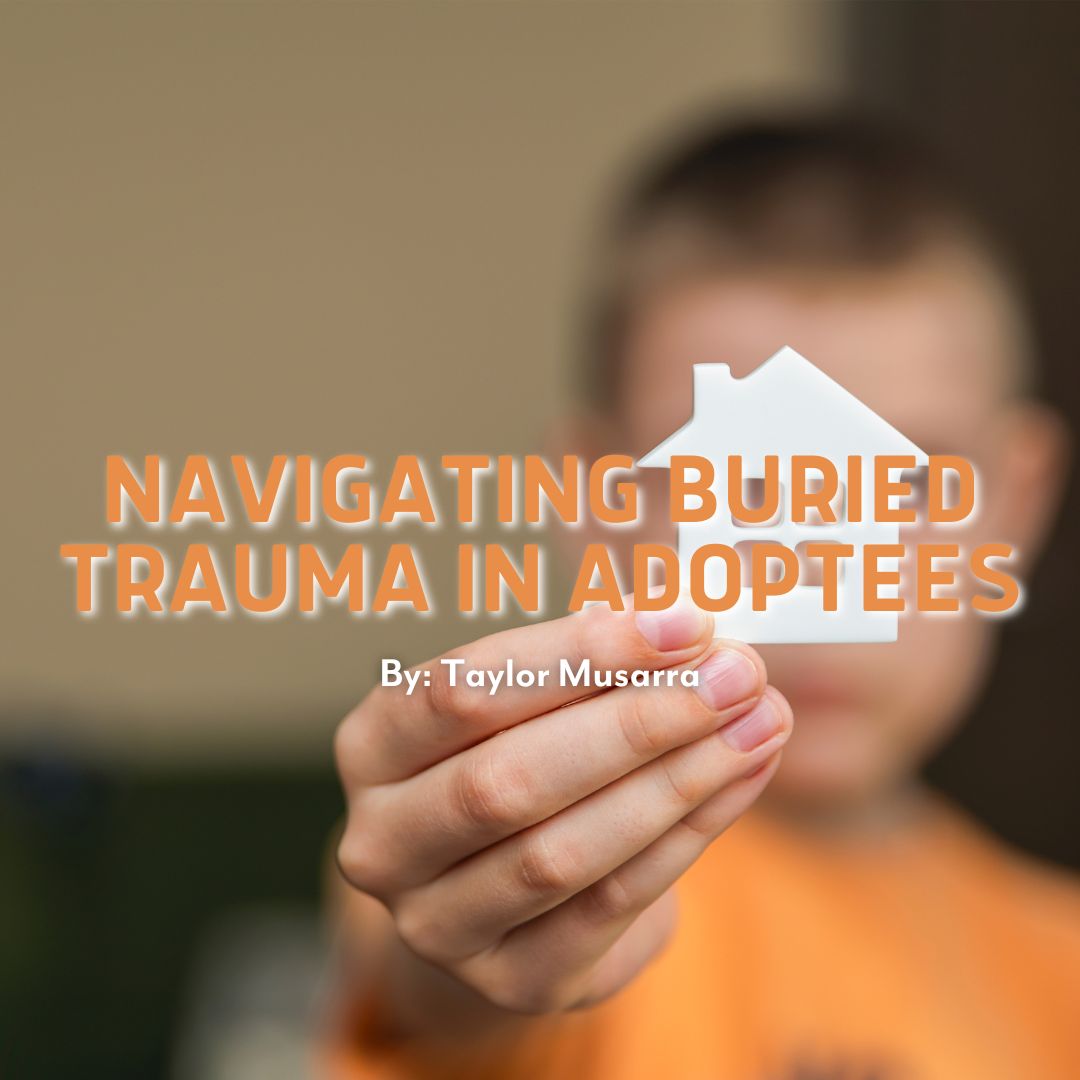“When we treat children’s play as seriously as it deserves, we are helping them feel the joy that’s to be found in the creative spirit. We’re helping ourselves stay in touch with that spirit, too. It’s the things we play with and the people who help us play that make a great difference in our lives.”- Fred Rogers
During summertime, many parents understandably feel overwhelmed with what to do when kids are at home most of the time. Summer can bring about anxiety of how to fill the child’s day or frustration when the day doesn’t go to plan. Playing with your children can so easily become a chore, a source of exhaustion, or even a source of shame. Why do we play with our children anyway?
What we know about play is that it is a child’s language, so when parent’s play with their children you are speaking their language! Play can also bring a sense of self-worth in the child. Children experience themselves through the eyes of their caregiver, so when a parent openly delights in their child the child begins to develop their sense of self. When a child hears “I like and love you”, the message they receive is they are likeable and loveable. The child recognizes that they are worthy of connection and acceptance. This security in the relationship with their parent allows them to seek those same relationships with others in which they are liked and loved. We know that when children go through life with the knowledge that they are loved and worthy to be loved, they can approach challenges with self-esteem and confidence.
How can you delight in your child this summer? Play with them! As you play with them, communicate that your child is delightful just as they are. Enjoy your child and express that to them, “I love to laugh with you!” or “I see how creative you are!”. When children are overwhelmed or upset, they still need to know they are loved and valued. Express those little delights you see in your child: “Even when you’re angry, I love you”. No matter what play you engage in with your child, try to give them the gift of delight.
We know that connecting with your child can be hard, and we are here to help! If you find yourself wanting help and guidance in this, call the Refuge Center to set up an appointment. You can do so at: 615-591-5262 or go to refugecenter.org
You can delight in your child doing anything, but if you need some ideas here are some games that encourage that secure connection with your child from the Children’s Home Society of Minnesota:
- Play hide and seek. As an added bonus this also develops object permanence.
- Paint each other’s faces with paint, powder, make up, or just pretend.
- Donut Dare. Hold a donut on your finger through the hole and have your child see how many bites they can take before it falls off. If you want to make this a bit healthier you could change the donut to a pineapple ring.
- Apply lotion to each other.
- Play a memory game but with a more personal touch. First, have your child look you over very carefully. Then leave the room and return after you’ve changed something about yourself. See if s/he can figure out what is different. It could be something really obvious for younger kids, like taking off a sweater, but for older kids you could get more challenging, like buttoning one more button on the sweater.
- Guess the Goodies! Put several small treats in a bag or cup. Then have your child closes his/her eyes. Finally, you pop a treat in your child’s mouth and have him/her try to guess what it is.
- Hold your child in your arms and dance. This is a very synchronous activity.
- Play a tunnel activity kind of like London Bridge. Both parents start by kneeling on the floor to form a tunnel. Then have your child crawl through the tunnel as fast as s/he can before it collapses. During the first few times let him/her get completely through, then have it gently collapse onto your child.
- Give a pillow ride! Have your child sit on a big floor pillow as you drag him/her around the room. Make sure to only move when given eye contact.
- Play catch! Roll a ball back and forth to teach reciprocity. Throwing or batting a balloon back and forth may be easier than throwing a ball for little ones.
- Engage in an M&M hockey rivalry. Use bendy straws and blow candy across a table to the other person’s goal. When one of you scores a goal, the opponent feeds that person candy.
- Marshmallow fight! Each person uses a pillow as a shield. Sit on the floor and throw marshmallows at each other. This gets wild and crazy and is a lot of fun. You can do the same thing with crumpled paper if you don’t have marshmallows handy.
- Swim together if you have access to a pool.
- Create a pillow jumping maze. Set up pillow islands in a pattern across the floor. Have your child start at one end while you are at the other. S/he can only start to cross the room when you say “go” (you could say “mo” or “lo” to make things more challenging and teach him/her to be more attentive). After given the green light, your child must jump across the islands and into your arms.
- Adapt Lady and the Tramp with lifesavers on a licorice string. Loop a piece of shoestring licorice through a few gummy lifesavers. Put one end of licorice in your mouth and the other in your child’s mouth (it helps to tie a knot so that it stays in your mouths better). Then, by standing up and maneuvering without hands, feed the lifesavers to each other.
By Masters Level Intern Corinne Terhune
Resources:
Delight in me: The origins of self-worth. Circle of Security International. (2020, September 18). https://www.circleofsecurityinternational.com/2019/11/20/delight-in-me-the-origins-of-self-worth/
Guest Contributor. (2015, November 18). 15 games that encourage attachment. CHLSS. https://chlss.org/blog/15-games-that-encourage-attachment/




